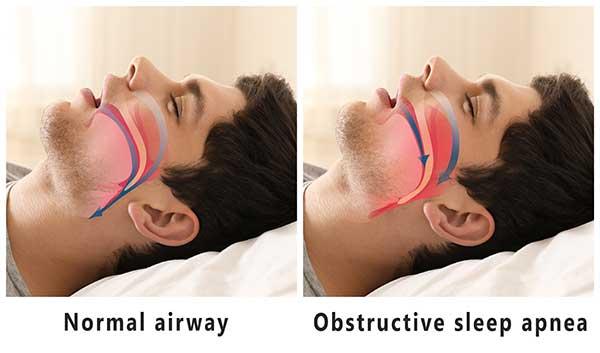Understanding Sleep-Wake Disorders

What is Obstructive Sleep Apnea and Hypersomnolence?
Obstructive Sleep Apnea (OSA) is a disorder in which a disruption in the airway (and therefore in breathing) while asleep leads to poor sleep quality and excessive daytime sleepiness.
It often occurs in people who smoke or are overweight, and it is diagnosed with a sleep study.
Effects of Obstructive Sleep Apnea
Serious effects can result, such as cardiac problems (e.g., right-sided heart failure, dysrhythmias, heart disease, high blood pressure), depression, insulin resistance, memory problems, stroke, hormone disruption, increased traffic and workplace accidents, and even death.
Hypersomnolence, one cause of which can be sleep Apnea, involves sleeping too much during the day despite getting adequate sleep at night.
See Also: Does Your Partner Snore?
Associated symptoms include falling asleep when not actively engaged in an activity, having trouble waking up fully and experiencing significant problems in work, school, or one’s personal life.
Prevention and Treatment
Non-surgical treatments for obstructive sleep apnea include changing one’s sleep position, losing weight, and using a BiPAP (bilevel positive airway pressure) or CPAP (continuous positive airway pressure) machine.
Losing weight and changing one’s sleep position help “naturally” open the airway, and BiPAP/CPAP machines use positive pressure to maintain a patent airway during the night.
Surgical treatments (the purpose of which is to remodel the airway) are used only in severe cases and include adenoidectomy, uvulectomy, remodeling the posterior oropharynx, and tracheostomy.
Treatments for hypersomnolence include addressing the underlying problem (e.g., insomnia, sleep apnea) and taking stimulant medications such as modafinil (Provigil) that can increase alertness during the daytime hours.
References
Barlow, D. H., & Durand, V. M. (2015). Abnormal Psychology. Delhi, India




